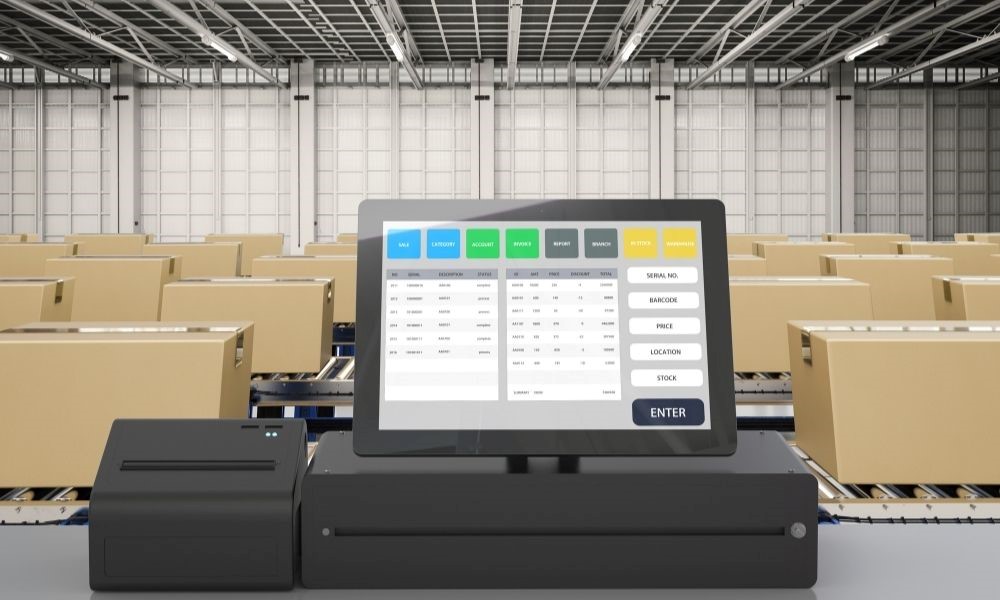
When you’re looking for ways to make your business more effective and profitable, it’s wise to start by looking at how you handle your inventory. Take a moment to learn about some of the different inventory management techniques you should know in order to make a positive impact on your establishment.
Economic Order Quantity Management
Among the different inventory management techniques you should know is EOQ, or economic order quantity. Essentially, this method uses a formula to find the ideal order quantity a company needs to ensure that its inventory can support its customer base. This formula comprises variables that create an accurate picture of an establishment’s ideal inventory, including the total cost of production and demand rate.
EOQ is effective specifically for businesses looking to minimize expenses related to their inventories. It can help business-owners identify problem areas in their inventory budgets and make more informed decisions about them down the line.
The FIFO and LIFO Strategies
The FIFO and LIFO strategies are widely known systems of inventory management. These techniques help business-owners determine the most accurate costs of their inventories while ensuring they make the absolute most out of their orders. FIFO, which stands for “first one in, first one out,” assumes that all older inventory should be displayed, used, and sold first, while newer merchandise should sell last. However, LIFO—which means “last in, first out”—assumes that the newer inventory will sell first.
LIFO and FIFO ensure that business-owners know how much they’re spending on stock and waste, providing them an easy, unique way to see where they might need to make changes when they make their next orders.
Just-in-Time Inventory Technique
The just-in-time inventory management technique entails arranging raw material orders from suppliers in direct connection with the establishment’s production schedule. This method is best for wholesale businesses, as they and their suppliers will likely know what inventory to anticipate each production cycle.
This type of strategy is incredibly useful in helping businesses reduce inventory costs because supply is being delivered on an as-needed basis, ensuring they’re never over-ordering their supplies and running the risk of accumulating dead stock (unused materials).
ABC Analysis
This next inventory management strategy includes the categorization of all the items in your business’s inventory list. The ABC analysis technique essentially splits subjects into three defining categories that pinpoint the effect that certain items have on the inventory budget. The categories are as follows:
- Group A: Represents the most valuable items that contribute most to profits
- Group B: Represents products that fall somewhere between highly valuable and the least valuable
- Group C: Represents small, vital transactions that are essential but that have a minimal effect on profit
Having this inventory management method in place at your establishment makes all the different aspects of your inventory and where it’s going much easier to see. Just as well, if you add a POS and inventory system for small businesses to the equation, this method can be helpful in helping you quickly figure out how each item or service you sell contributes to your overall profit. This makes it much easier for you to see where you might need to make some changes to your inventory and how you handle it.
The next time you find yourself thinking about ways to make your business more effective, remember that evaluating how you manage your inventory is an excellent place to start.